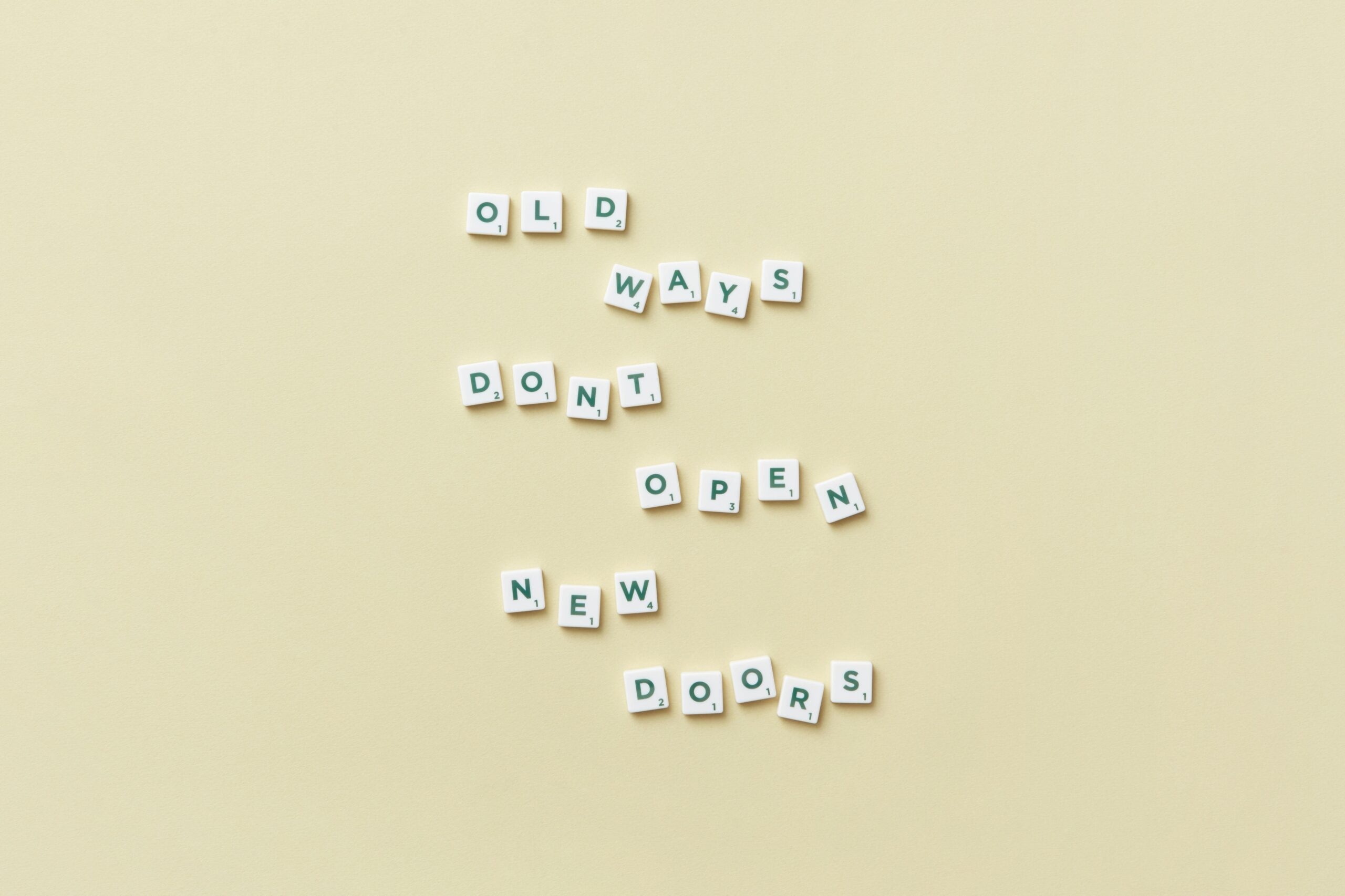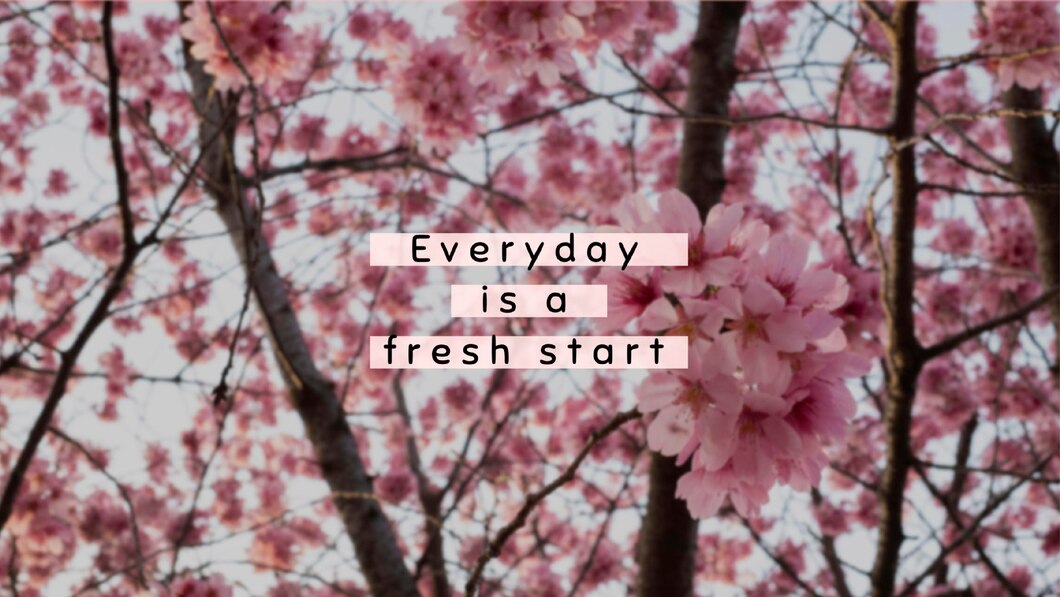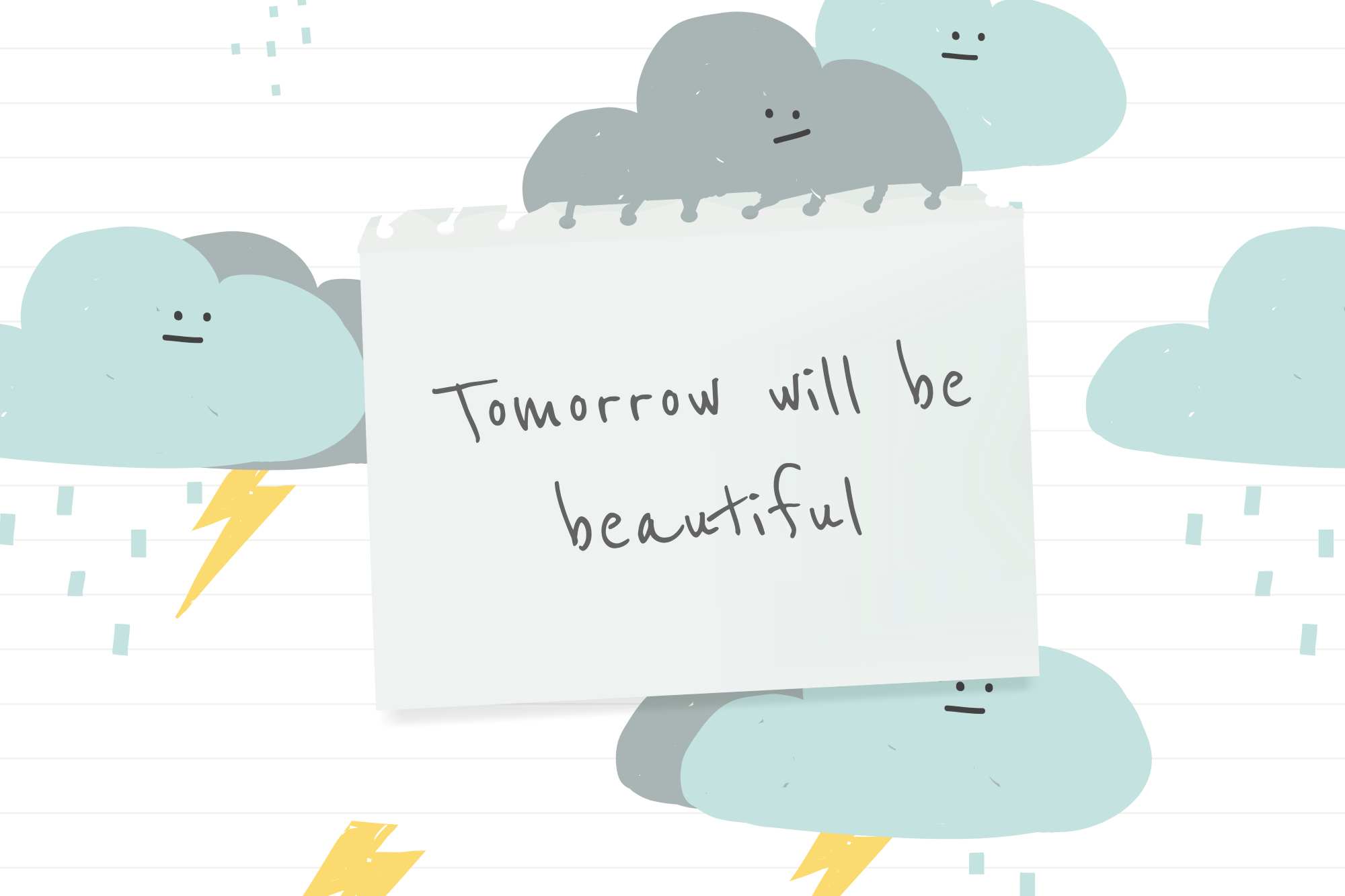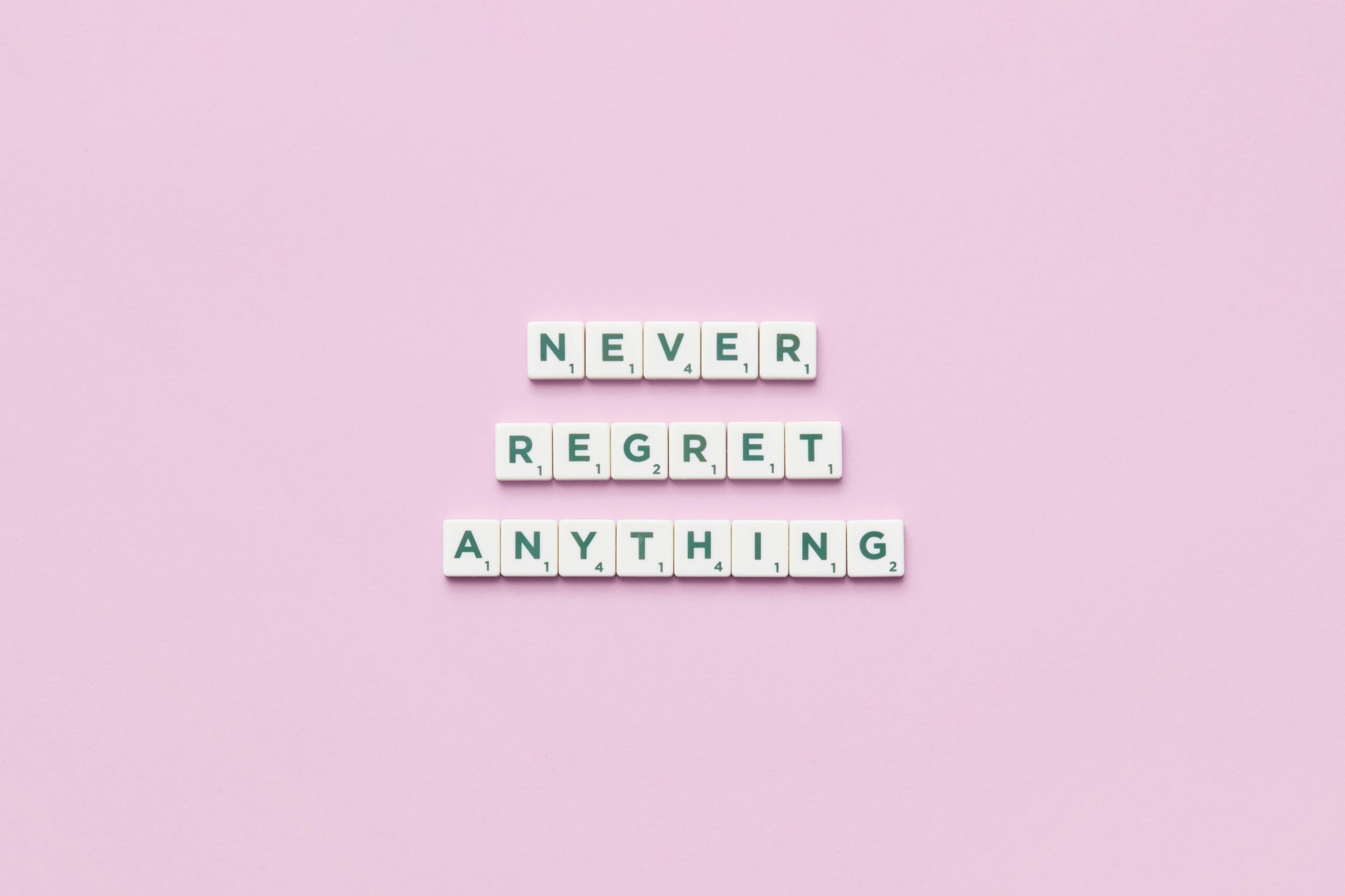Letting go affirmations: The art of release and emotional freedom
You’re carrying weight that isn’t yours to carry anymore. Maybe it’s the relationship that ended but still lives in your thoughts. The mistake you made years ago that you replay on repeat. The expectation of how things “should have been” that keeps you stuck in resentment.
Here’s the truth – holding onto what hurts you doesn’t heal it. It just makes the pain permanent. Letting go isn’t about forgetting or pretending things didn’t matter. It’s about choosing your peace over your pain. It’s about making space for what wants to grow in your life.
And sometimes, you need the right words to help you find your way there.
What letting go actually means
Letting go doesn’t mean:
- Forgetting what happened,
- Pretending it didn’t hurt,
- Excusing someone’s behavior,
- Giving up on what you want.
Letting go means:
- Releasing your grip on outcomes you can’t control,
- Choosing peace over being right,
- Making space for new possibilities,
- Accepting what is so you can move toward what could be.
The art of letting go is learning to hold things lightly instead of tightly. To care without clinging. To love without losing yourself.

Why your brain resists letting go
Your mind thinks holding on protects you. It believes that if you stop thinking about the hurt, you’ll forget the lesson. If you stop planning for what might go wrong, you’ll be unprepared. If you stop trying to control the outcome, everything will fall apart.
But holding on too tightly actually:
- Keeps you stuck in cycles that drain your energy,
- Prevents you from seeing new opportunities,
- Makes you reactive instead of responsive,
- Steals your present moment by keeping you trapped in the past or worried about the future.
The paradox of letting go: When you release what you can’t control, you actually gain more influence over what you can control – your thoughts, your responses, your choices, your peace.
Daily affirmations for letting go
These affirmations aren’t just positive thoughts – they’re tools for rewiring your brain toward release and freedom. Use them when you notice yourself gripping tightly to something that’s causing you pain.
For releasing the past
- I release what no longer serves me. I make space for peace.
- I cannot change the past, but I can choose peace in the present.
- Healing takes time, and I allow myself that space.
- I accept what I cannot change, and I focus on what I can.
- This no longer controls me. I choose peace over pain.
- I release the need for the past to be different than it was.
- I am safe to let go of what hurt me.
For letting go of someone you love
- I release you with love. I trust that we both deserve peace.
- Loving you doesn’t mean holding onto you.
- I let go of who you used to be and accept who you are now.
- I release the version of us that no longer exists.
- I choose my healing over hoping you’ll change.
- I can love you and let you go at the same time.
- Our connection doesn’t require me to carry your pain.

For releasing control and expectations
- I release my grip on outcomes I cannot control.
- I trust the process even when I can’t see the path.
- I let go of how I think things should be and embrace what is.
- I release the need to have all the answers right now.
- I trust that letting go creates space for something better.
- I choose flow over force.
- What’s meant for me won’t require me to force it.
For emotional release and healing
- I allow myself to feel without needing to fix everything.
- I release emotions that are ready to leave my body.
- I breathe out what no longer belongs in me.
- I am safe to let go of old pain.
- Each breath releases what I no longer need to carry.
- I honor my emotions and then let them flow through me.
- I choose to heal rather than hold onto hurt.
For daily peace and presence
- I am safe. I am here. I am present.
- I release today’s burdens. Tomorrow I start fresh.
- I let go of perfection and embrace my humanity.
- I choose presence over worry about the future.
- Right now, in this moment, I am enough.
- I release the need to control what happens next.
- Peace is my natural state when I stop resisting what is.

How to use letting go affirmations effectively
The morning release practice
Start your day by choosing one affirmation that speaks to what you need to release:
- Sit quietly for 2 minutes.
- Breathe deeply three times.
- Say your chosen affirmation slowly, three times.
- Notice how it feels in your body.
- Set the intention to return to this affirmation when you need it during the day.
The moment-of-need technique
When you catch yourself holding tightly to something painful:
- Pause and notice what you’re holding onto.
- Place your hand on your heart.
- Say the appropriate affirmation either silently or out loud.
- Take three deep breaths and imagine releasing with each exhale.
- Choose one small action that aligns with letting go.
The evening release ritual
End each day by consciously releasing what you don’t want to carry into tomorrow:
- Write down anything from the day you need to let go of.
- Choose an affirmation that helps you release it.
- Say the affirmation while destroying the paper (rip, burn safely, or bury).
- Take three deep breaths and imagine the weight leaving your body.
Affirmations for specific letting go challenges
When you can’t stop replaying a situation
- I’ve learned what I needed to learn. Now I let this thought go.
- Replaying this doesn’t change anything. I choose to focus on now.
- I release my mind’s need to solve what’s already done.
When you’re holding onto resentment
- Carrying this anger hurts me more than it hurts them. I release it for my own peace.
- I don’t forgive for them. I forgive for me.
- Their actions belong to them. My peace belongs to me.
When you’re struggling to accept change
- Change is hard, and that’s okay. I’m learning to flow with life instead of fighting it.
- I release my attachment to how things used to be.
- I trust that this change is making space for something I need.
Sometimes what we’re really struggling to release are outdated versions of who we used to be. We hold onto old identities – the person who was always struggling, always helping others at our own expense, or always playing small – because they feel familiar, even when they no longer serve us. Part of letting go involves grieving who we used to be while making space for who we’re becoming. This identity shift can feel scary because it means stepping into unknown territory, but it’s often the most liberating release of all.
When you’re afraid to let go
- Holding on is harder than letting go. I choose the easier path.
- Letting go doesn’t mean I didn’t care. It means I care enough to find peace.
- I am safe to release what no longer serves my highest good.

Creating your personal letting go practice
Your daily affirmation ritual
Choose 3-5 affirmations from this list that resonate most deeply with what you’re ready to release. Write them down somewhere you’ll see them daily.
Morning: Read them as you start your day.
Midday: Return to them when you notice yourself holding onto something painful.
Evening: Use them as part of your release ritual.
Your weekly release review
Every week, ask yourself:
- What did I successfully let go of this week?
- What am I still holding onto that’s ready to be released?
- Which affirmation helped me most?
- How did releasing old pain make space for new peace?
Your monthly affirmation evolution
As you grow and release different layers of what you’ve been carrying, your affirmation needs will change. Each month, review your affirmations and:
- Add new ones that speak to your current challenges.
- Modify existing ones to feel more authentic.
- Remove ones that no longer resonate.
- Create your own affirmations based on what you’re learning about yourself.
Deep self-reflection can reveal exactly what you’re ready to release and why you’ve been holding onto it.
The truth about affirmations and letting go
Affirmations aren’t magic words that instantly erase pain. They’re tools for redirecting your mind toward healing instead of hurting.
When you repeat letting go affirmations consistently:
- You interrupt obsessive thought patterns that keep you stuck.
- You remind your nervous system that you’re safe to release old pain.
- You create new neural pathways focused on peace instead of pain.
- You build evidence that you can choose your thoughts instead of being controlled by them.
This process of retraining your inner dialogue is especially important if you tend to be overly critical with yourself during difficult times. The key is consistency, not perfection. Some days the affirmations will feel powerful and transformative. Other days they might feel empty or difficult. Both experiences are normal and part of the process.
Being gentle with yourself during this process accelerates healing more than being harsh or demanding. When affirmations feel empty or difficult, resist the urge to judge yourself. Your inner critic thrives on the very pain you’re trying to release, so self-compassion becomes essential for lasting change.

Your letting go commitment
This week: Choose one affirmation and use it daily. Notice what you’re ready to release and say the words that help you let it go.
This month: Create a daily release ritual. Each evening, consciously let go of what you don’t want to carry into tomorrow.
Moving forward: Make letting go a practice, not a one-time event. Some things need to be released again and again until they finally lose their grip on you.
The freedom waiting for you
On the other side of letting go is the life you’ve been trying to create while carrying all that extra weight.
When you release what no longer serves you:
- Energy that was trapped in old pain becomes available for new dreams.
- Mental space that was occupied by resentment opens up for creativity and joy.
- Emotional capacity that was drained by holding grudges returns for building loving relationships.
- The peace you’ve been seeking externally reveals itself as your natural internal state.
Your past shaped you, but it doesn’t have to define you. Your pain taught you, but it doesn’t have to contain you.
Letting go is not giving up. It’s making space for what wants to grow in your life.
What are you ready to release today?
Ready to dive deeper into the art of letting go and emotional freedom? Our Letting go workbook provides comprehensive tools for healing old wounds and creating lasting peace.







